Introduction
Imagine pouring your heart and soul into building a SaaS product, only to discover later that there's no market for it. Around 90% of startups fail, and a significant reason is a lack of proper idea validation. This guide will equip you with the tools and techniques to ensure your SaaS idea has real legs before you invest heavily in development. We'll explore user research, rapid prototyping, and other methods to help you refine your concept and increase your chances of success.
Understanding Your Target Market
Before diving into development, it's crucial to identify your ideal customer profile (ICP). This ICP represents the specific group of people who will benefit most from your SaaS solution. By understanding their needs, challenges, and behaviors, you can tailor your product to resonate with them and achieve product-market fit.
Here's why having a well-defined ICP is important for SaaS customer discovery:
Focused Development: By knowing your target audience, you can prioritize features and functionalities that address their specific pain points.
Effective Marketing: A clear ICP allows you to target your marketing efforts towards the channels and messaging that resonate most with your ideal customer.
Increased Sales & Customer Satisfaction: Understanding your target market helps you develop a product that truly solves their problems, leading to higher sales and satisfied customers.
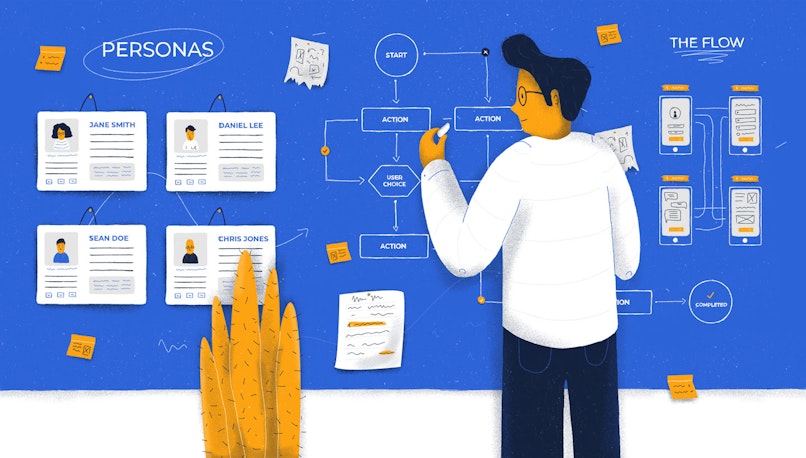
Steps to Define Your ICP when Validating Your SaaS Idea
Developing a clear ICP involves understanding the who, what, and why of your ideal customer. In that regard, empathic design is a good approach to creating a product that meets the expectations of your target audience—by focusing on their pain points.
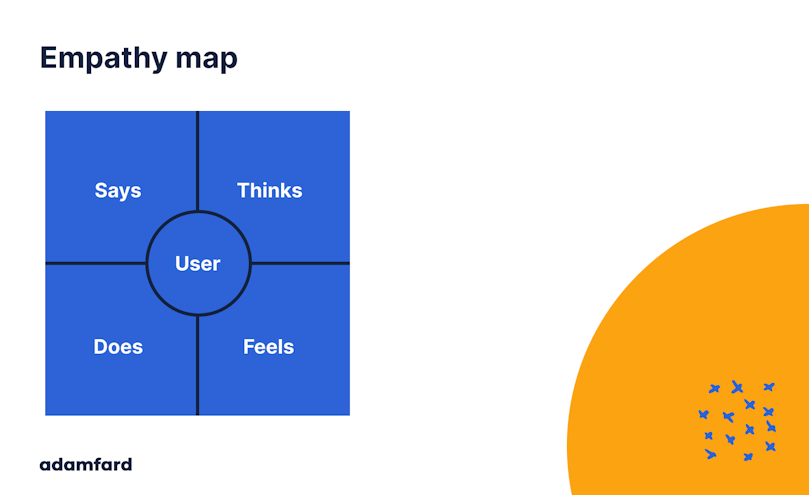
Let’s consider a simplified step-by-step approach that can help you:
Step 1: Conduct User Research
Gather real-world insights through various established methods:
User Interviews: Conduct in-depth conversations to uncover user needs, challenges, and motivations.
Surveys: Distribute online surveys to a broader audience to gather quantitative data and identify trends.
Online Communities: Engage in relevant online communities to understand user discussions and pain points.
Step 2: Analyze Your Findings
Once you have user data, the next step is to analyze it to identify patterns:
Demographics: Age, location, job title, company size, etc.
Behaviors: How they currently solve their problems, what tools they use, etc.
Pain Points: The frustrations and challenges they face related to your problem space.
In the next section, we will go into more detail on how to utilize user research to validate your SaaS idea and build a product that works.
User Research for SaaS Idea Validation
User research is the cornerstone of validating your SaaS idea. It involves gathering real-world data and feedback from potential customers to understand their needs, challenges, and behaviors. By incorporating user research early on, you can:
Identify real problems: Validate if the problem your SaaS solves is a genuine pain point for your target market.
Shape your product: User insights will guide your product development, ensuring features and functionalities address user needs.
Increase success rates: Products built on a foundation of user research are more likely to gain traction and achieve product-market fit.
Different User Research Methods:
Below, let’s discuss in more detail the popular methods used to validate SaaS ideas:
1. User interviews
One of the most powerful user research tools is the user interview. These in-depth conversations allow you to delve deeper into user experiences and uncover valuable insights. Here are some key benefits of user interviews:
Uncover Hidden Needs: Interviews go beyond surface-level responses, revealing underlying motivations and challenges users might not readily share in surveys.
Gain Context: Through open-ended questions, you can understand the "why" behind user behavior, providing valuable context for interpreting their responses.
Refine Your Idea: Direct feedback allows you to iterate on your SaaS concept and ensure it truly addresses user needs.
For instance, let's assume you are building an automated payment tool to help businesses handle invoices more efficiently. Below are some sample interview questions that can provide real insights:
What are your biggest frustrations with your current solution for paying bills?
Can you describe a typical scenario where you encounter this problem?
What features would be most helpful to you in a solution like this?
2. Online Surveys
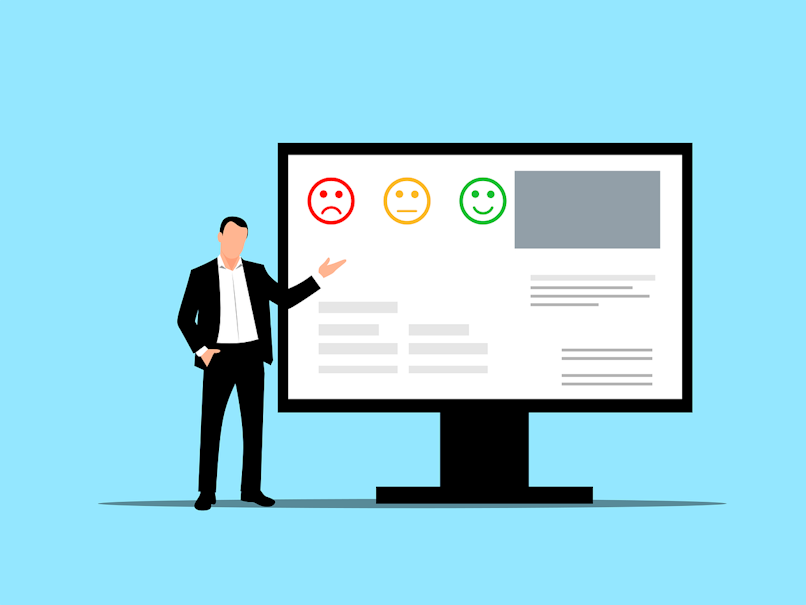
Online surveys are another valuable tool for gathering user data, particularly from a wider audience. They allow you to efficiently collect a large amount of quantitative data and identify trends within your target market.
To craft effective survey questions for SaaS products, here are a few considerations to keep in mind:
Avoid Leading Questions: Phrase questions neutrally to avoid influencing user responses.
Keep it Concise: Shorter surveys with well-defined questions tend to have higher completion rates.
Both open-ended and closed-ended questions have their merits in user research, and the ideal mix will depend on your specific goals.
You can start with closed-ended questions: use these to gather general information, demographics, and gauge user interest. For example, "How likely are you to use a product that helps you automatically pay salaries?" (multiple choice scale). Later in the survey, use open-ended questions to delve deeper. For example, "What specific features would be most helpful to you in a solution like this?" This allows users to elaborate on their needs and provide valuable qualitative data.
3. Usability Testing

Image by keenthemes from Pixabay
Usability testing involves observing how users interact with a prototype of your SaaS application. This helps identify any issues with the user interface (UI) or user experience (UX) that could hinder user adoption.
Properly conducting usability testing early on can help you:
Improve User Flow: Ensure users can navigate your application intuitively and complete tasks efficiently.
Identify UI Issues: Catch any confusing elements or unclear functionalities in the design.
Refine your Prototype: Gather valuable feedback to iterate on your prototype and create a user-friendly experience.
In summary, placing users at the center of your design process helps you make SaaS products that don’t fail.
Among many other successful projects, our UX experts at Adam Fard Design Agency used such a user-centered approach to craft a performant SaaS payment solution that left the client very pleased. You can view the case study here.
Validating Your Idea Through Rapid Prototyping
Rapid prototyping is a powerful technique for quickly creating low-fidelity models of your SaaS idea. These prototypes can be anything from wireframes to basic mockups, and the focus is on functionality over aesthetics. The key benefit of rapid prototyping is that it allows you to get early user feedback without a significant investment in time or resources. This feedback can then be used to refine your concept and ensure you're on the right track before diving into full-scale development.
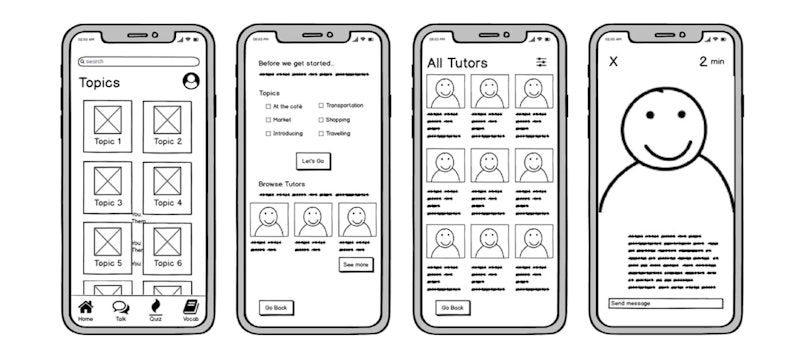
Steps for Rapid Prototyping
Rapid prototyping allows you to create a basic model of your SaaS idea to gather user feedback in the early stages. Here's a breakdown of the process:
#1 Develop a Low-Fidelity Prototype
Focus on core functionalities and user flow rather than design aesthetics.
Wireframes, which are essentially digital sketches of your interface layout, are a common rapid prototyping tool.
#2 Gather User Feedback
Conduct usability testing sessions with your target audience.
Ask users to interact with the prototype and complete specific tasks while observing their behavior and collecting their feedback.
#3 Refine Your Prototype
Analyze the feedback from user testing to identify areas for improvement.
This might involve changes to the user interface, feature set, or overall user flow.
Iterate on your prototype based on the insights gained, and conduct further testing to validate the improvements.
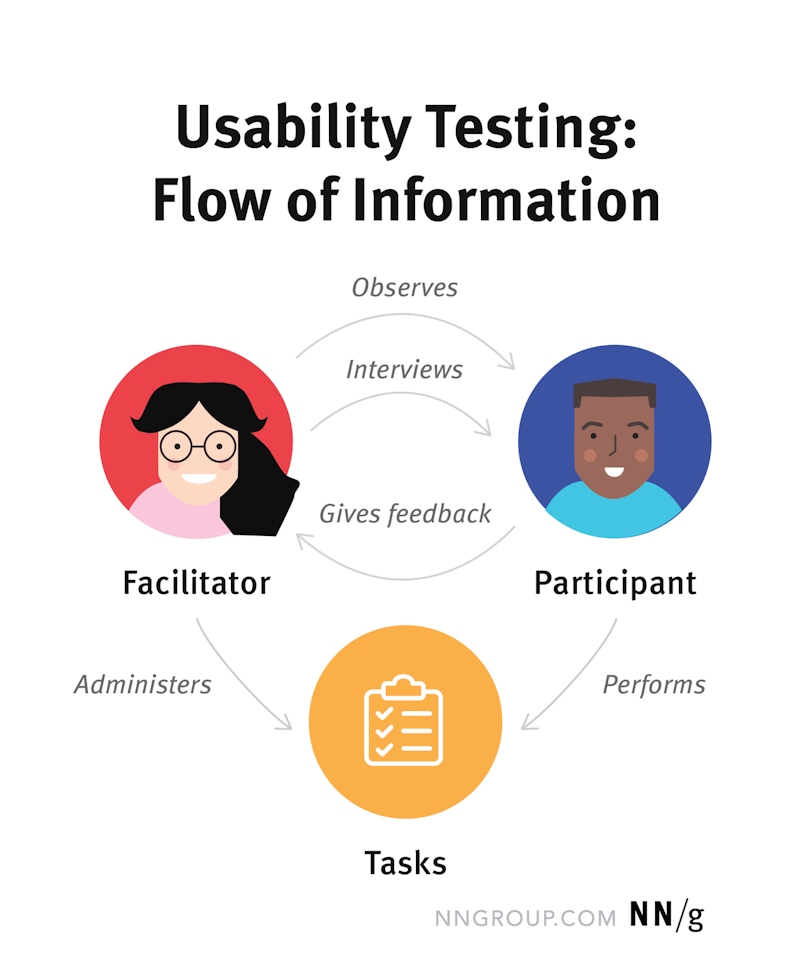
By rapidly iterating through prototypes and incorporating user feedback, you can ensure your SaaS idea is on the right track before significant development begins.
Additional SaaS Idea Validation Techniques
Beyond the core methods discussed so far, below are two additional techniques to strengthen your SaaS idea validation process:
Competitive Analysis
Competitive analysis can help you beat your market rivals. Research existing solutions in your target market. Analyze their features, pricing, and marketing messages. This helps you identify the strengths and weaknesses of existing competitors. You also learn about the potential gaps in the market where your SaaS idea can offer a unique value proposition.
Below is the result of a competitive analysis we carried out in one of our SaaS projects.
Pre-Launch Landing Page
You can create a simple landing page that explains your SaaS concept and captures user interest. This can be a great way to gauge early user interest and demand for your idea. You also collect email addresses from potential customers for future marketing efforts.
Putting It All Together: Your Complete SaaS Idea Validation Checklist
Validating your SaaS idea is an iterative process, one that involves a lot of learning. But remember to follow the simple roadmap:
Conduct user research to understand your target market's demographics, behaviors, and pain points.
Leverage user interviews, surveys, and usability testing to gather real-world feedback and iterate on your concept.
Create a basic wireframe or mockup to visualise your SaaS idea and its functionalities.
Conduct usability testing sessions to identify areas for improvement in the user interface and user experience.
Research existing solutions to understand the market landscape and identify opportunities for differentiation.
Finally, gauge user interest and collect email addresses to build anticipation for your future SaaS offerings.
Common Mistakes to Avoid While Validating your SaaS idea
Before you get started, keep in mind that the factors below can hinder your SaaS business model validation process:
Falling in Love with Your Idea: Focus on user needs over personal attachment to your initial concept. Be prepared to pivot based on validation results.
Limited User Research: Conduct thorough user research to gather diverse perspectives. Don't rely solely on feedback from friends or family.
Ignoring the Competition: A competitive analysis helps you understand the market better and position your SaaS effectively.
Conclusion
Validating your SaaS idea is an essential step before investing time and resources into development. By following the techniques outlined in this guide, you can increase your chances of building a successful SaaS product that truly meets the needs of your target market. But we understand that this can be a lot of work, which is why it's important to work with a team of experts with proven results in the field. At Adam Fard, we rely on tested and trusted UX principles to create the best SaaS products for our clients. You can go through our past projects to see for yourself. So don't skip this crucial step—take action and validate your idea with us today!
FAQs
How much time should I spend on idea validation?
There's no one-size-fits-all answer, but aim for enough validation to feel confident in your idea's potential. A good starting point could be 2-4 weeks, depending on the complexity of your concept.
What if I don't have a budget for user research?
Even with limited resources, you can conduct user research. Talk to potential customers in your network, leverage free online survey tools, and engage in relevant online communities to gather valuable insights.
What are some signs that my SaaS idea might not be viable?
Many signs can help you identify when your idea will likely fail; they include a lack of user interest during validation, no clear differentiation from competitors, and solving a non-existent problem.





